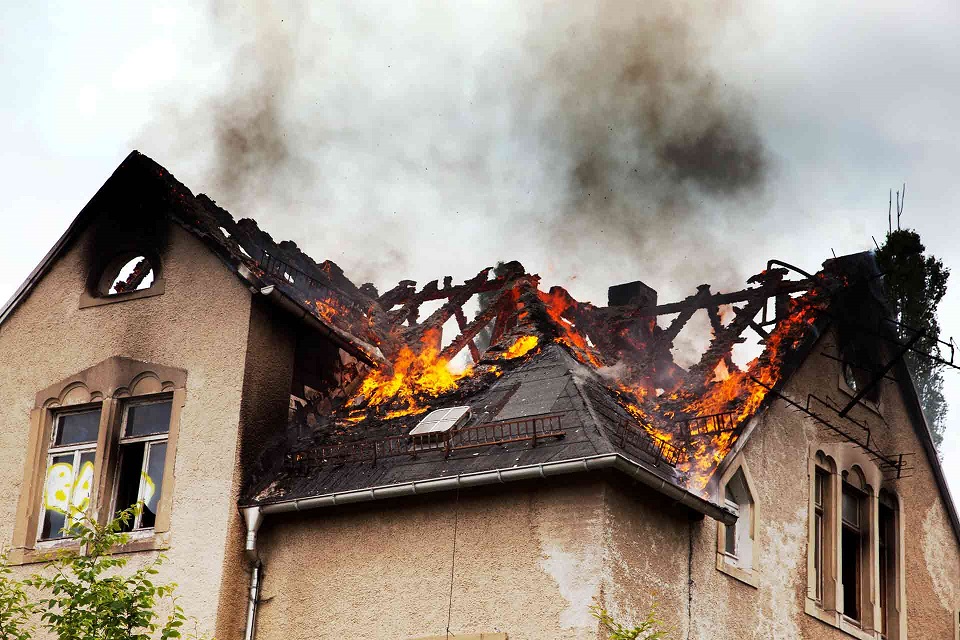Fires can cause significant damage to a home or business. The property owner faces several challenges after a fire, including insurance claims, lingering odors, and reconstruction work. Understanding the basics of fire restoration can help you make better decisions about hiring a company to repair the damage. The process includes assessing and repairing damage, cleaning, odor and smoke removal, and property board-up.
Table of Contents
Restoration
Fire damage restoration isn’t just limited to repairing what was destroyed by the flames. Often, the water used to put out the fire can also leave significant water damage. This water is a major contributor to mold growth and other issues that must be addressed. The first step of this process involves securing the property. It includes boarding open areas and tarping the roof to protect it from the weather. It’s also possible that the occupants of a house will need to move out while repairs are taking place. Restoration company Denver will use inspection checklists to assess the extent of the damage. They’ll determine what items can be restored and which must be discarded. Then, they’ll begin the cleanup process. It can be a long, drawn-out task that requires plenty of manual labor.
Water Removal
One of the first steps in the fire restoration process is water removal. It may be necessary due to water damage caused by firefighting or a burst pipe resulting from the fire. Draining water from areas as quickly as possible is important to prevent further damage. It can include removing soaked items and using air movers and commercial dehumidifiers to dry the area. The next step is to sanitize and deodorize the area. It includes cleaning surfaces and removing smoke residue from walls, floors, and ceilings. It also involves sanitizing any contents that can be saved. The final step is to return the property to its pre-loss condition. It can include rebuilding floors, repairing walls, and replacing damaged roofs. It may also involve sanitizing and deodorizing contents, including furniture and personal belongings. It can be done in conjunction with cleaning and water removal or on its own.
Soot Removal
Soot removal is a major part of the fire damage restoration process. It can damage materials like metals and stain porous surfaces such as tile, grout and wood. Soot also carries a smoky smell that can soak into carpeting, rugs, drapes, and clothing. Removing soot from various materials requires different cleaning solutions and methods. For example, how you clean soot off drywall differs from how you would remove it from wood cabinets or countertops. It is generally best to leave soot cleanup to a professional. When removing soot, use rubber gloves to protect your hands from chemicals, safety glasses to shield your eyes from dangerous carbon particles, and old clothes or coveralls to avoid stains. It’s also a good idea to test whatever cleaner you’re using on a small hidden area of your walls first to ensure it won’t further damage them.
Deodorization
Lingering odors are removed using innovative technology during this step. It is an important part of fire restoration and helps restore the property’s overall quality. Before a home or business owner begins the restoration process, they must ensure it is safe to enter. They should be aware of electrical wires, outlets, and any structural or content damage. Once the property is safe to enter, they will begin assessing the extent of the damage and preparing industry-standard paperwork. This paperwork outlines the scope of the work to be done and the expectations of the client and the contractor. They will also likely perform a pre-test to ensure all contaminants are neutralized. It will help reduce the amount of cleanup needed in the future.



